The landscape as an expression of mythology, as the objectification of a profound symbolism ... Greeks and Romans, like other peoples of antiquity, did this when they looked at Nature and its manifestations.
Nowadays this name is famous as it is linked to the fortunes of the well-known commercial water but upon careful analysis gives invaluable information.
According to the Greek mythology, Lethe was daughter of the goddess Eris, divinity of discord who gave Paris the famous golden apple antecedent of the ten-year Trojan war.
Both Plato in his Republic and Virgil in the Aeneid speak of it, as a river of the underworld, where the souls of the dead bathe to forget their past lives and in this way, be reborn to new life ... through the centuries, his name it is also mentioned by Alighieri, in Purgatory, but also by Goethe and Baudelaire.
The flow of this river does not last long (in just 20 km it flows into the Volturno) but its meandering wets gorges, valleys and wonderful villages, such as that of Prata Sannita, an ancient medieval town perched on a hill, at the foot of Mount Favaracchi, dominated from the ancient Angevin castle known as “di Pandone” from the name of the nobleman who restored it in the XIV century.
At the foot of this citadel, one can admire the perfectly preserved medieval bridge which in ancient times connected Prata to the other nearby towns.
Thanks to the presence of the precious river, the landscape is emerald green and human activities were manifold ... even today you can admire an ancient restored mill, near the bridge.
*** TECHNICAL INFO ***
Length: 10 km
Difference in altitude: 400 m
Duration: 6 hours, including breaks
Difficulty: medium (Hikers)
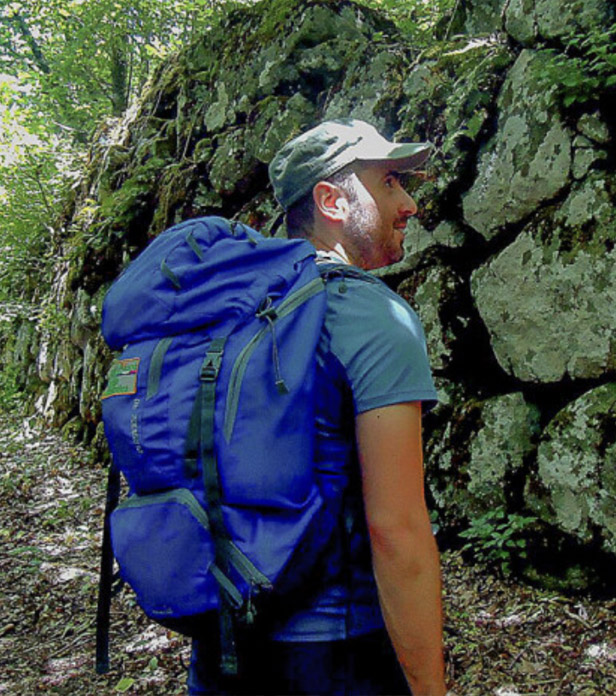 ENVIRONMENTAL GUIDE - Carlo Amendola
ENVIRONMENTAL GUIDE - Carlo Amendola
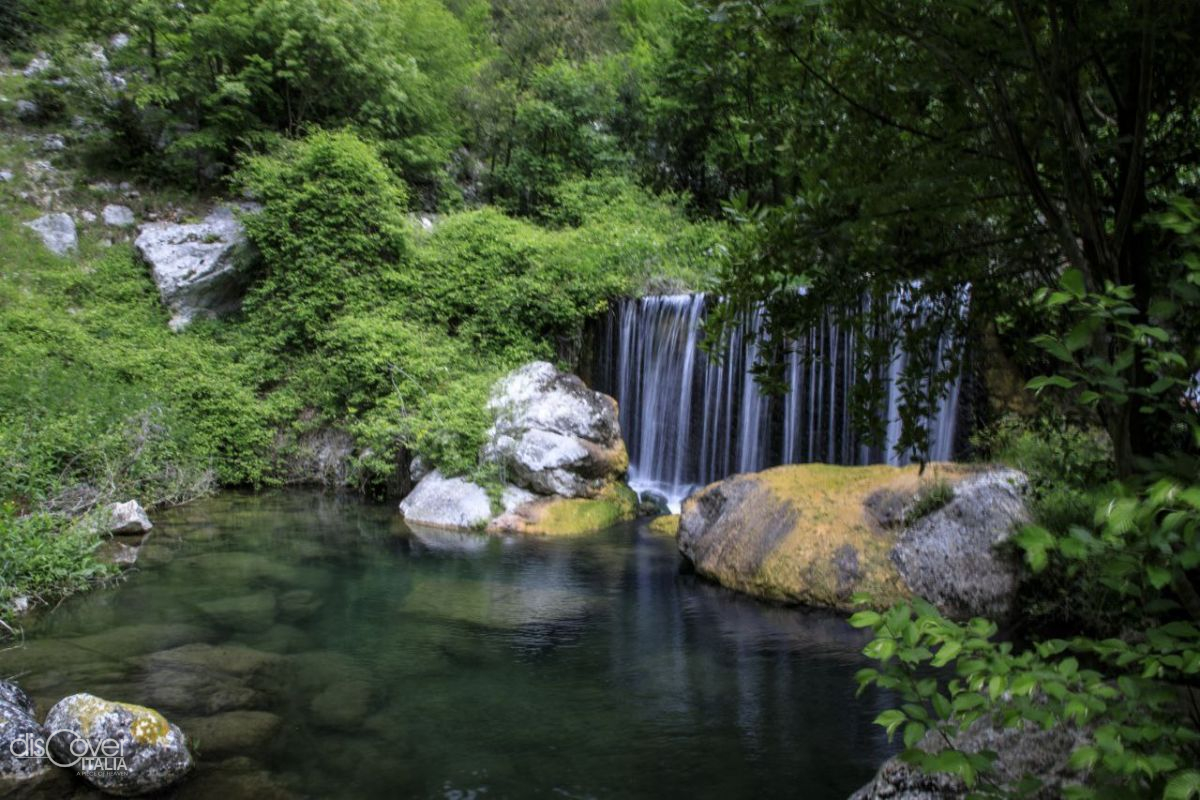
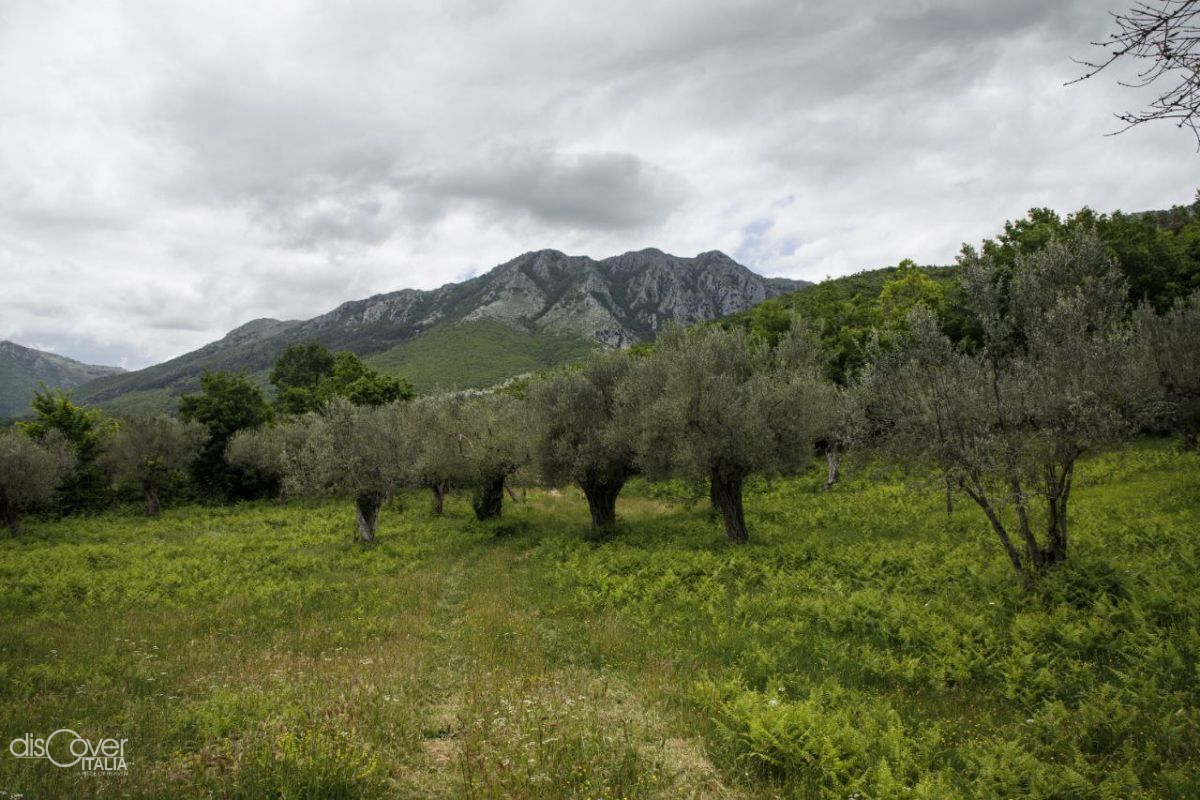
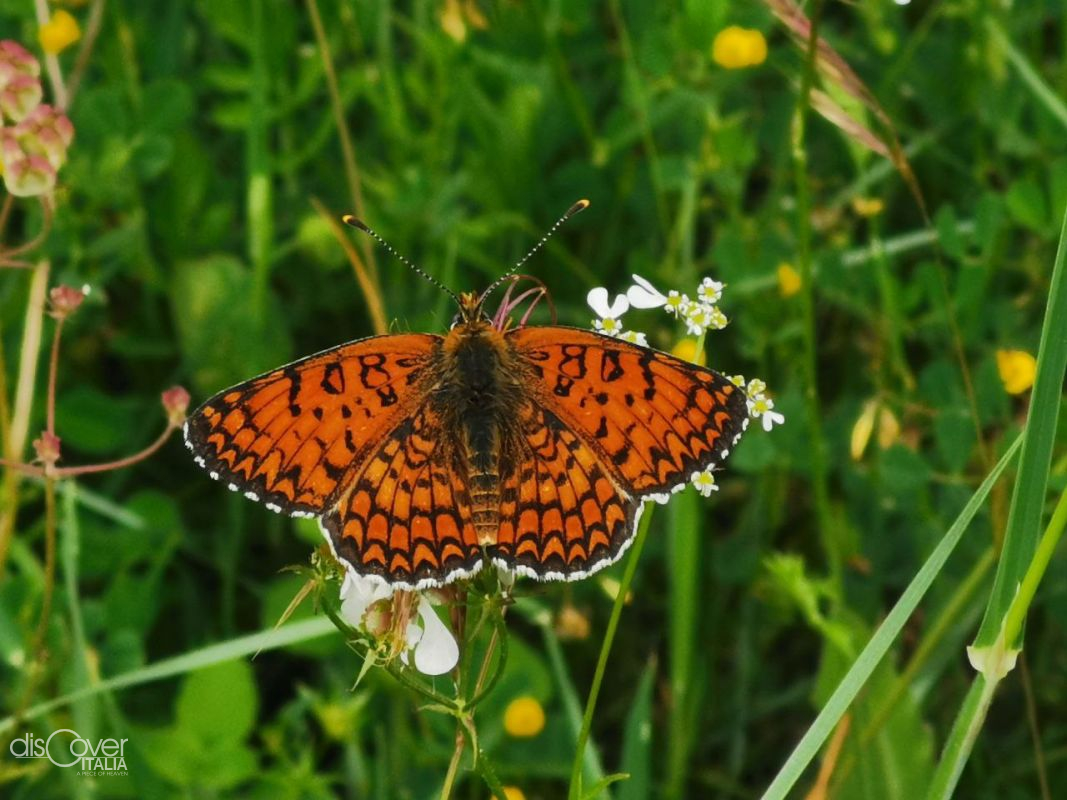
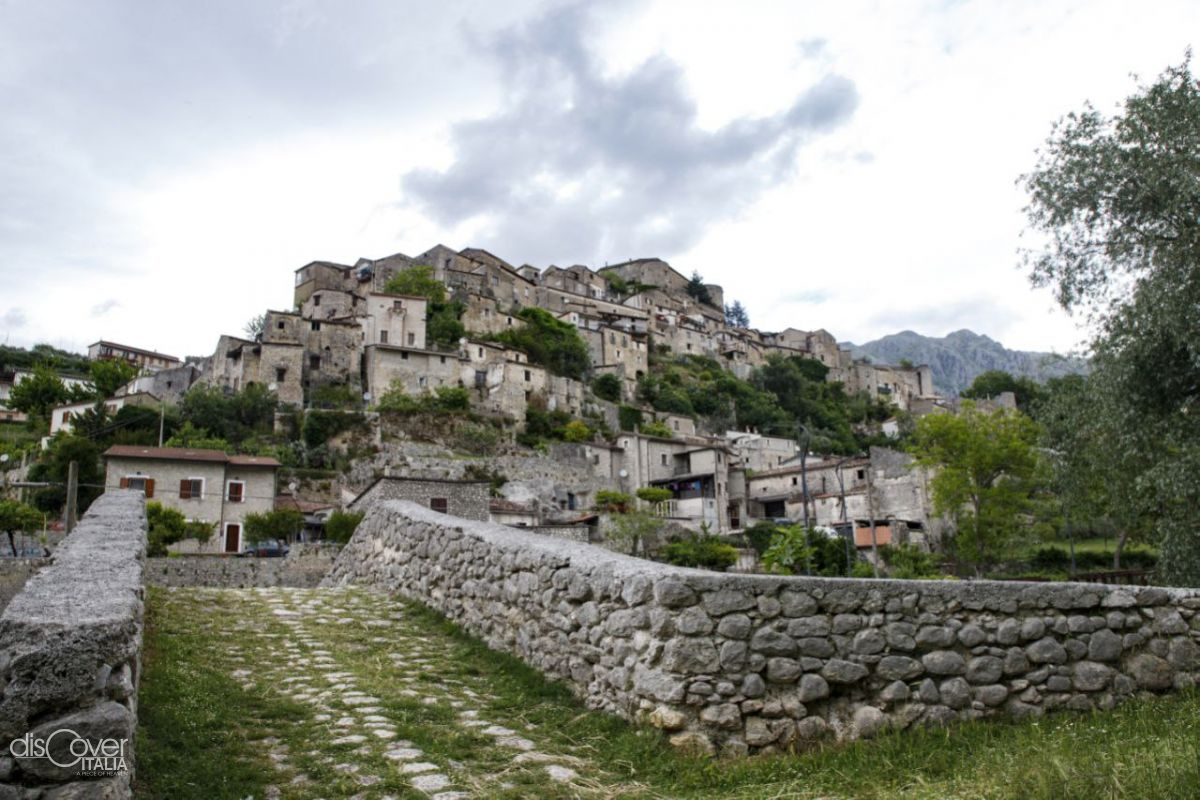


Comments powered by CComment